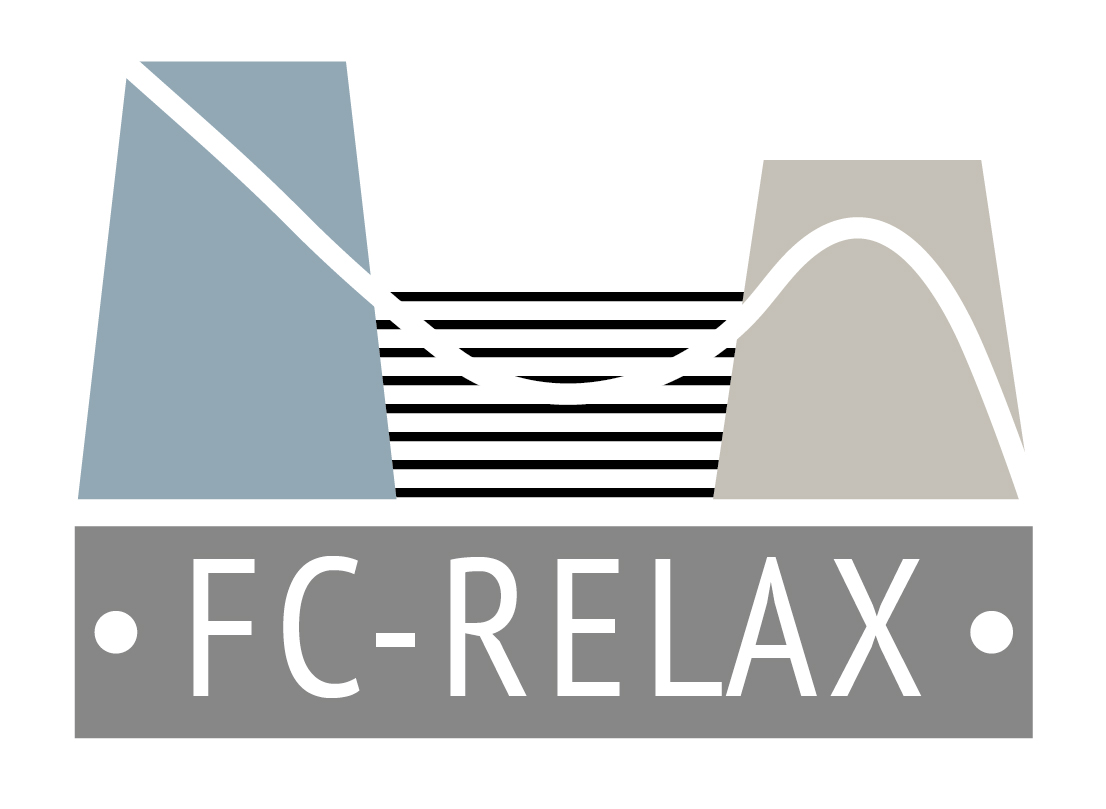Task 4.1. Translation diffusion in ionic systems – (UROS, IST and UWM) Dynamical properties of ionic systems will be investigated by means of NMR relaxometry. Complementary NMR diffusometry experiments will be performed in order to compare relative translation diffusion (probed by NMR relaxometry) with self-diffusion (probed by diffusometry) to enquire into correlations in the translation movement. The experimental findings will be compared with predictions of MD simulations. The studies will be complemented by time-domain experiments to help to reveal long and short range translation movement. In addition, conductivity measurements will be performed to establish a link between the diffusion timescale and mechanisms and the ionic conductivity.
Task 4.2. Dynamical properties of semicrystalline solids – (RS, UWM and LUT) Dynamical properties of semicrystalline materials (such as cellulose, starch, triglycerides and selected polymeric materials - PMMA, PE, PET, PP, PVC) will be studied by NMR relaxometry and analyzed using advanced theoretical models developed in WP1. It is expected that the studies will require an implementation of pulse-sequences dedicated to solids. NMR experiments will be accompanied by structural investigations (crystallinity, porosity, domain structure).
Task 4.3 Optimisation of data acquisition and processing – (RS, IST, STELAR, UWM and LUT) The demanding task of performing NMR relaxometry for ionic and molecular solids (and solid-like systems) requires a dedicated experimental methodology for data acquisition and processing. Software tools for this purpose will be developed using IoT standard protocols.

https://cordis.europa.eu/project/id/101072758
